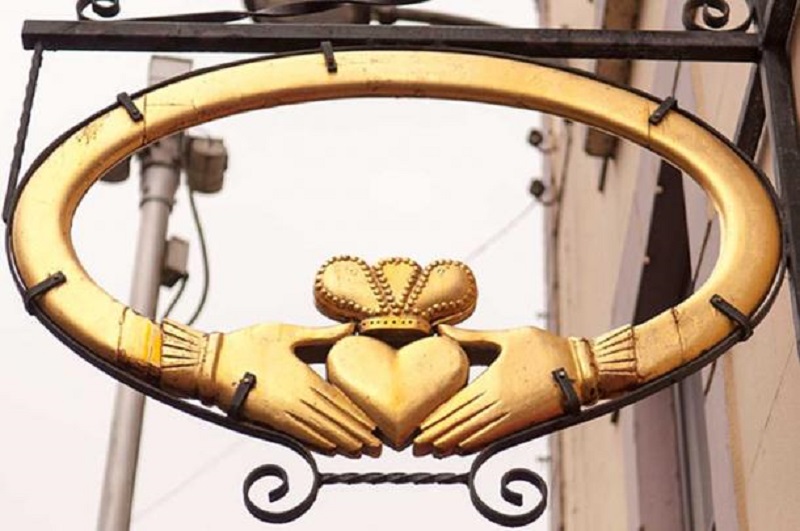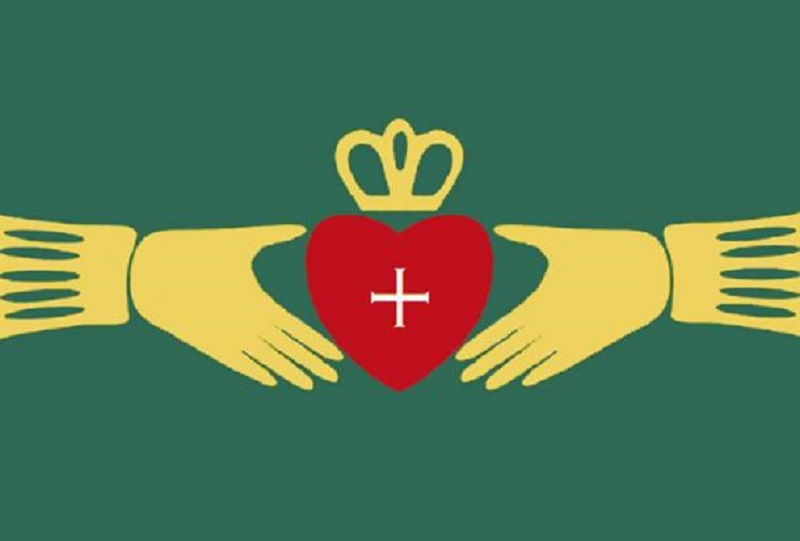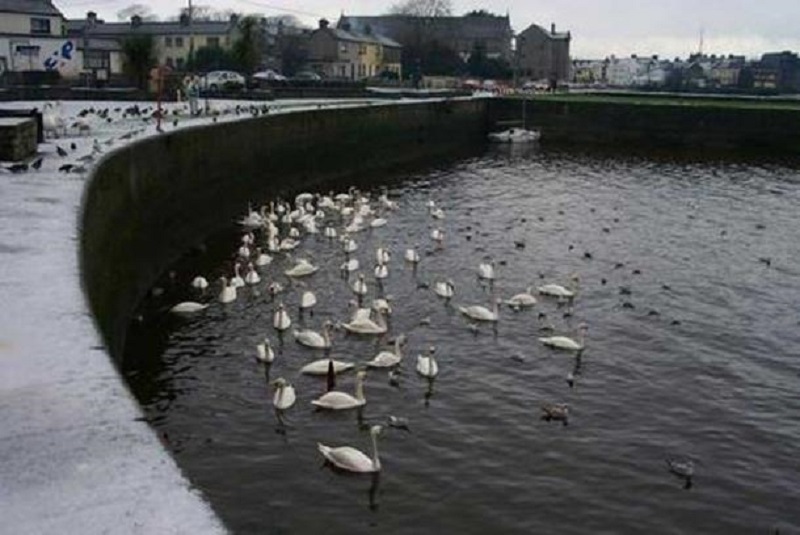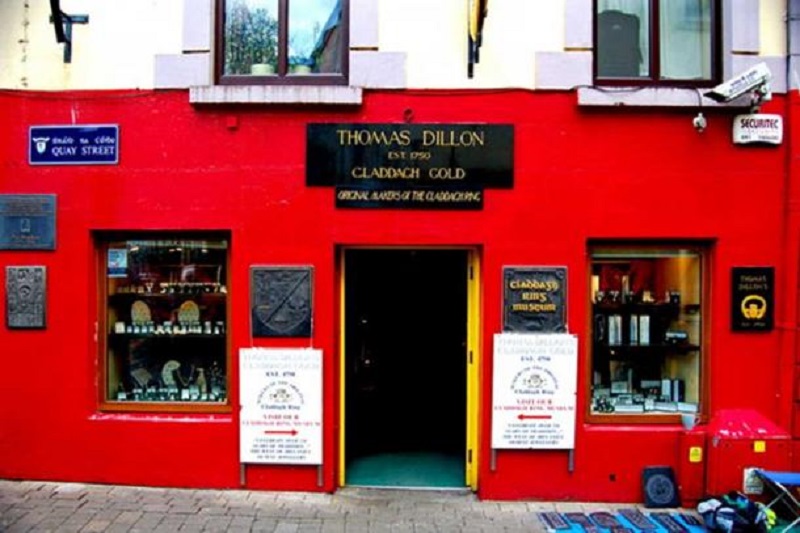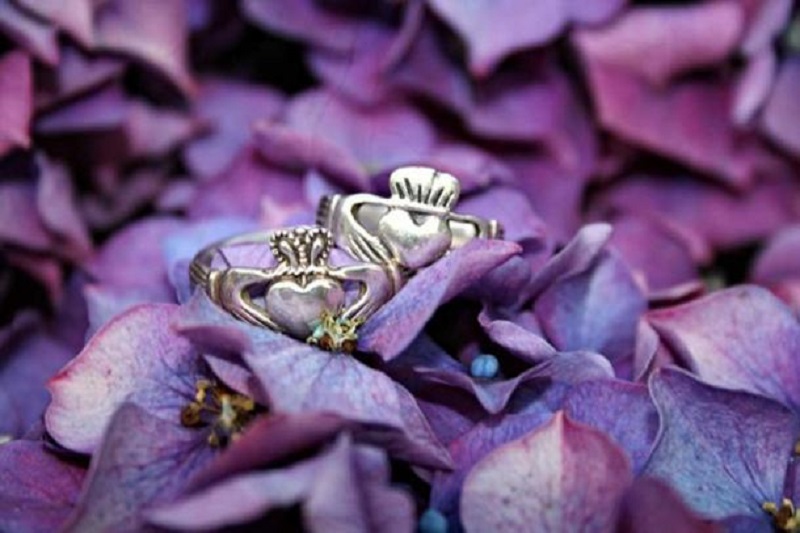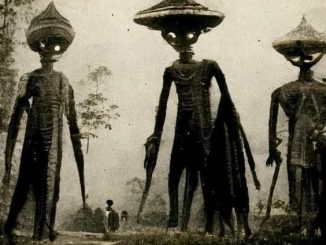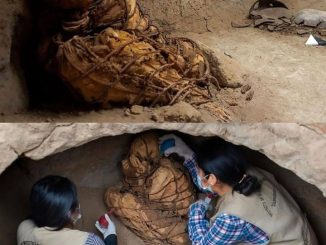The Claddagh ring design featuring two hands holding a heart crown is a recognizable symbol of Ireland and lasting love. It is extremely popular as a fashion accessory and a symbolic gesture. While everyone seems to know the rules of the Claddagh ring that led to it being worn as a wedding ring, very few people know its history.
In fact, the Claddagh ring is just one of the more popular versions of a design used for pledges, vows and wedding rings dating back to ancient Rome.
The specific symbolism of the Claddagh wedding ring
The Claddagh wedding ring symbolizes friendship (hands), love (heart) and loyalty (crown). The earliest appearance of this design dates back to the early 1700s in an Irish fishing village called Claddagh (hence the name). Since that time, the village has been annexed into the city of Galway.
The Claddagh ring is a specific example of a much broader type of ring known as a fede ring or faith ring. This classification is an abbreviation of the Italian phrase mani in fede which means ‘joined hands in fidelity’. Like modern wedding rings, they were considered tangible symbols of promises of friendship or love.
Claddagh ring design cues. ( CC BY 2.0 )
The historical power of wedding rings
The power and symbolism of rings originated with the ancient Egyptians, who considered the circular object a powerful symbol: “the ring without end represents eternal life and love.” , and its opening represents a portal to unknown worlds” (With These Rings, 2017). The Egyptians exchanged rings as a sign of loyalty and the Greeks similarly exchanged them as a sign of undying love.
But it was the Romans who first linked the symbolism of the ring to marriage. The most popular wedding ring is the fede ring, which depicts two hands clasped together to show mutual love and respect. This gesture is called dextrarum iunctio in Latin. These types of rings were popular throughout Europe during the Middle Ages.

Byzantine Empire wedding rings. The clasped hands motif, signifying love, betrothal and marriage, was first introduced in the Roman period and remained a popular symbol until the 19th century. ( CC BY-SA 3.0 )
Modern Claddagh wedding ring
Fashions changed over time and the obvious image of handshakes gave way to wedding rings depicting images of the couple or, after the rise of Christianity, crosses and other another holy symbol to show that Jesus blessed the union.
However, the fede wedding ring eventually made a comeback starting in the 1100s and persists to this day. Interestingly, it was not until the 18th century that marriage began to take place mainly in church.
Traditional Irish Claddagh ring symbol design on banner. ( CC BY-AT 3.0 )
The British Museum explains how to organize a wedding:
“Until Lord Hardwicke’s Marriage Act of 1753, there was no clearly defined procedure for the marriage ceremony and entering into the state of matrimony was governed by local customs and ceremonies. With the introduction of the Book of Common Prayer in 1549 by Edward VI (r.1547-53), there was a clear attempt to encourage people to marry in church. However, canon law prevailed and to achieve this all that was needed was the mutual consent of both parties. In addition to uttering these words of assent, there are certain signs and symbols that can indicate assent; Holding hands and exchanging rings are two of the visible (though not necessary) signs. (British Museum, 2017)
Legendary stories about the first Claddagh ring – Richard Joyce’s wedding ring
It is generally accepted that the Claddagh was made as a wedding ring. Although there is no doubt that the first Claddagh ring appeared in Claddagh, Ireland around 1700, who created it and why vary widely.
It is said that an eagle dropped the finished Claddagh ring into the lap of a very charitable woman to reward her for her good deeds. Another says the ring was designed by a prince who fell in love with a commoner and had to prove to his father that he really wanted to marry her.
However, the most widely told story concerns Richard Joyce and his patiently waiting love, Margaret. Richard was a fisherman from the Claddagh, a dangerous profession in the 17th century. One day, Spanish pirates captured the Claddagh ship and sold the entire crew, including Richard, into slavery in Algeria. on the North African Coast.
“Richard, the youngest of the captives, was the most miserable. All the men have left loved ones behind, but Richard has just met his true love and now fears he will not live to see her again. Years passed and several men died. Others accept their fate. Richard was a slave but still longed to return to his village and to return to his beloved.” (Ireland Indeed, 2017)
Swans in the Claddagh. ( CC BY SA 3.0 ) Legend has it that Richard Joyce, of the Claddagh, created the first Claddagh wedding ring for his beloved.
Richard became the property of a Moorish goldsmith. The goldsmith was impressed enough with Richard that he taught him the trade and helped him become a master goldsmith.
“To keep his spirits up and keep hope in his heart, every day Richard stole a small grain of gold from his slave masters in the jeweler’s shop where he tended the fire. Many years passed, and with his small pieces of gold, he was finally able to make a ring. He hopes that, despite the near impossibility, he will return to the village and give the ring to his true love.” (Ireland Indeed, 2017)
Meanwhile, an ambassador from King William III arrived in Algeria and was horrified to discover good English Catholics being enslaved. He asked the Moorish king to release all British subjects currently enslaved. If Richard was truly enslaved by an Algerian jeweler, this may have been how he regained his freedom. However, other accounts say that he made a daring escape and stealthily made his way from Algeria to Ireland. Still others claim that the Moorish goldsmith offered to cooperate with Richard and marry his daughter but Richard refused. The goldsmith was so impressed by the young man’s loyalty to his love that he released him from slavery. In any case, Richard Joyce eventually returned to his village in Ireland.
“At the end of the journey, Richard was filled with joy knowing that his beloved had remained faithful to him during his long absence, waiting faithfully for his return. On that day, Richard gave his beloved the ring he had created that is now known to the world as the Claddagh Ring.” (Ireland Indeed, 2017)
The long-standing Claddagh Ring Jewelers and Museum, displays Richard Joyce’s wedding rings. ( CC BY-SA 2.0 )
Keep the Claddagh rings in the family
The Claddagh wedding ring became popular because it developed the tradition of investing in poor fishing families. A mother will pass on her wedding ring to her daughter or daughter-in-law, etc. This tradition became especially profound during the terrible years of the 19th century when millions of Irish people left the country in the hope of a better life in America or Australia.
Wedding rings for the rich and famous
Some famous people who have worn Claddagh rings include Queen Victoria and Princess Grace of Monaco. But perhaps the most iconic wearer of the Claddagh ring of this generation is Buffy the Vampire Slayer, even though she didn’t wear it as her wedding ring. “Her 17th birthday gift from her vampire lover, Angel, the ring symbolizes their enduring love for each other – despite the obvious difficulties and even will one day call Angel back from hell” (Royal Claddagh, 2014).
It was even recently rumored that Kanye West bought his wife Kim Kardashian a solid silver Claddagh ring when they visited Ireland.
Two silver Claddagh rings with flowers. (Public domain)
Today, Claddagh rings are popular not only for their aesthetics and symbolism, but they are also sometimes used as a sign of Irish identity. This aspect is also evident with newer additions to Claddagh ring design that include other Celtic or Irish symbols, such as Celtic knots or weaving around the band.
How should I wear my Claddagh ring?
In case you’re unfamiliar with them, the most commonly recognized Claddagh round rules are:
On the right hand, the heart points towards the fingertips: the wearer is single and may be looking for love.
On the right hand, the heart-shaped point points towards the wrist: the wearer is in a relationship.
On the left hand, the heart points towards the fingertips: the wearer is engaged.
On the left hand, the heart points towards the wrist: the wearer is married.
